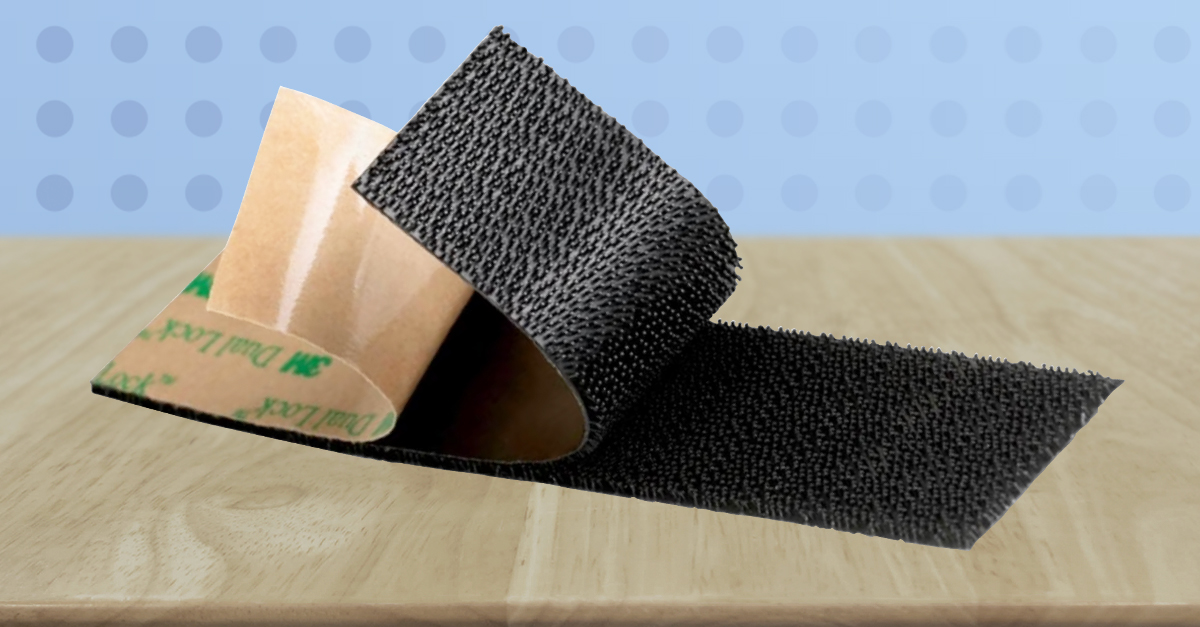Release Liners: Their Role and Importance Explained
Posted on Thu, Aug 01, 2024

Simply put, release liners are coated papers or films that protect the adhesive layer that often is part of a pressure-sensitive tape or reclosable fastener. They protect the adhesive until it is ready to be exposed and affixed to the surface/substrate. Release liners are typically required whenever there is a pressure-sensitive adhesive backing, whether a reclosable fastener, a single or double-coated tape, foam, film, or foil.
A highly important component from a delivery and application perspective, release liners are often perceived as a low-value component of the overall fastener, mainly because they are usually discarded following application. As a result, the key role they play is often under-appreciated. In most applications, it is possible to remove the original factory liner and replace it with one or 2 release liners better suited to its end use.
Typically, there are two formats of release liners: single-side coated (C1S) and double-side coated (C2S). C1S liners provide protection for an adhesive that is laminated to a film or paper substrate. These liners primarily serve as a delivery mechanism for adhesives undergoing automatic or manual applications. Double sided (C2S) liners, also referred to as differential release liners, are coated on both sides with release coatings designed to provide differing release values.
Release liners can come in many different materials, paper, poly-coated paper, polyester film, polyethylene, or polypropylene, and may be coated on one side to provide a non-stick surface. They are used in numerous applications in conjunction with various pressure-sensitive tapes and converted solutions. The released coatings can be either silicone or non-silicone.
At Gleicher, we've found that by thinking through the final assembly process well in advance, we can produce a variety of attributes that ensure the liner is precisely matched to the adhesive, designed for the application, and configured for the assembly process.
When Gleicher is supplying a die cut solution that includes a release liner, it is critical to understand the following application aspects:
- Will the adhesive be applied to the end part, or does it make more sense to apply the end part to the adhesive?
- At which stage or at what point in the assembly process will the product adhesive be exposed and applied?
- Are the parts being applied manually or automatically as part of a production process?
The answers to questions like these and many others help guide us in selecting from a wide range of converting considerations such as whether the release liner should be the same size as the geometry of the die cut part, or in what format to supply the finished material, such as kiss cut in rolls (with or without a perforation between parts), multiple strips on a single sheet/pad, or individual pieces.
When properly configured, a release liner solution can be engineered to come off at the right time and right stage of the application process, and pre-release or non-release problems can be avoided.
The Right Choice of a release liner requires consultation, testing, and understanding its role in the application of a die cut adhesive part. If you are using a release liner, we welcome the opportunity to answer your questions and design the ideal solution for your specific needs. You can reach a Gleicher release liner expert with your questions at 888-818-5798 or email sales@gleicher.com.